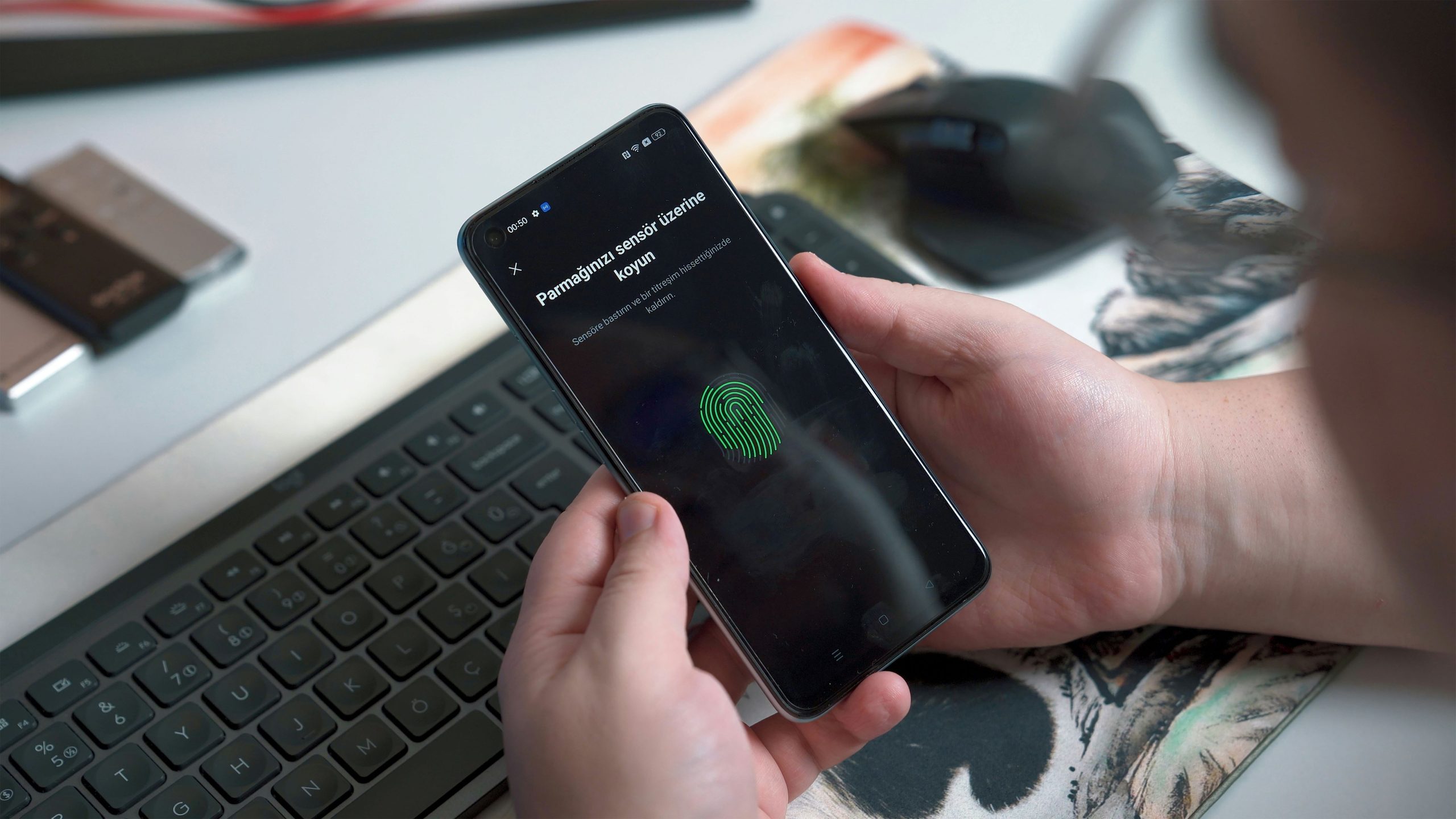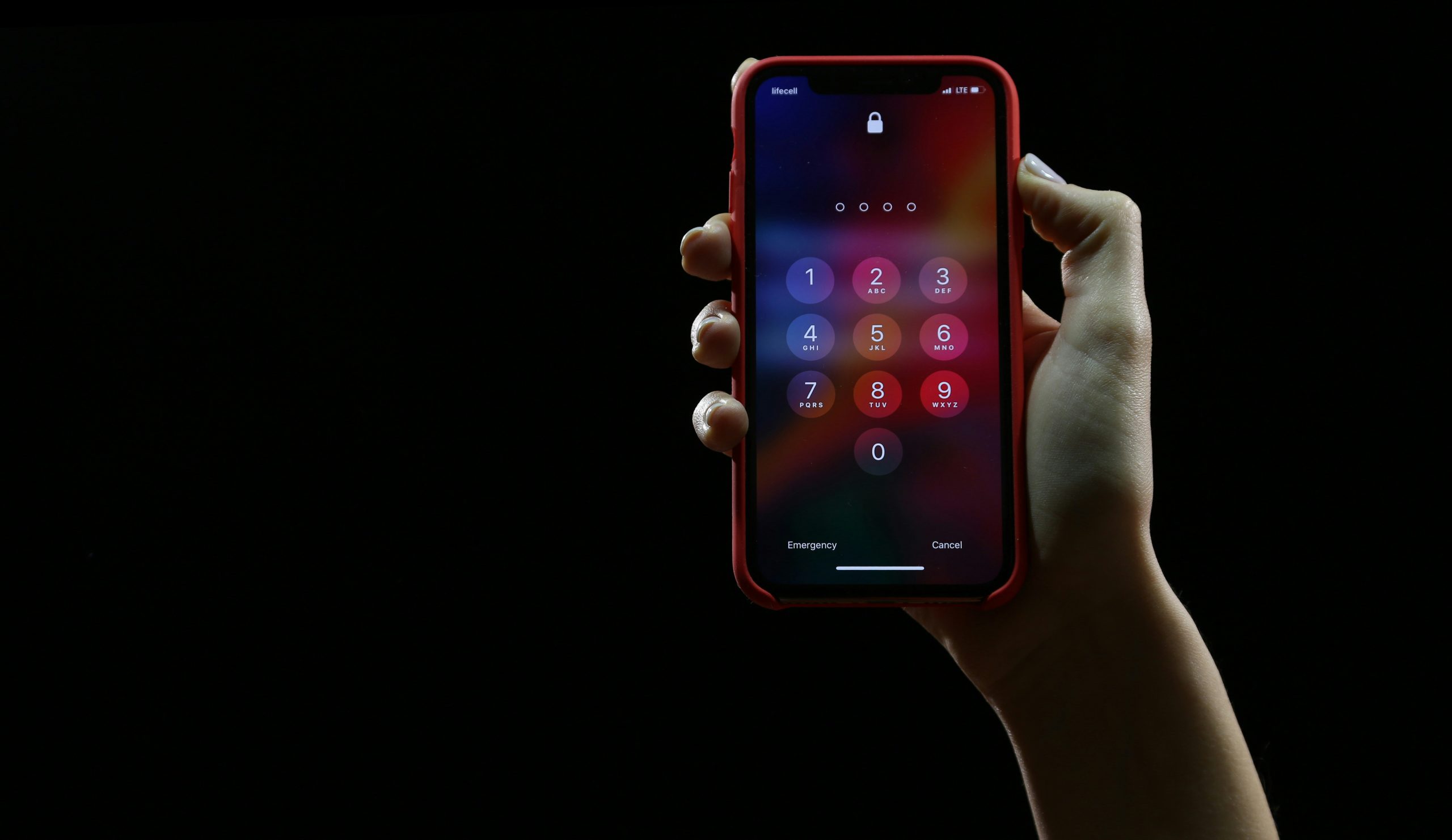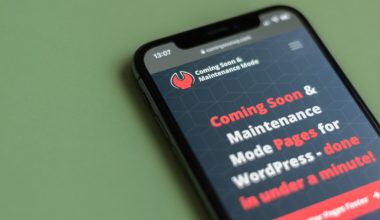In a world where our digital lives are increasingly intertwined with every waking moment, the security of our online accounts has never been more critical. Imagine waking up one morning to find that your email, social media, or banking account has been compromised—not by a hacker lurking in the shadows—but by information you inadvertently exposed years ago. The dark web, an enigmatic underbelly of the internet teeming with illicit activity and stolen data, poses this very threat. It’s not just a realm for cybercriminals; it’s a marketplace where your personal information could be bought and sold without your knowledge.
But how do you know if your password reset information has fallen into these shadowy hands? In this article, we delve deep into the implications of data breaches and what it means for everyday users like you. With countless high-profile hacks making headlines, understanding whether your sensitive credentials are floating around on the dark web is vital for safeguarding your digital identity. Join us as we explore practical steps to uncover potential vulnerabilities and empower yourself against cyber threats lurking just beneath the surface of the internet.
What is the Dark Web?
The Dark Web, often misunderstood as a shadowy corner of the internet filled solely with illegal activities, actually serves various legitimate purposes. It comprises layers of encrypted networks that require specific software to access, such as Tor. This anonymity is crucial for whistleblowers, journalists in oppressive regimes, and individuals seeking privacy from prying eyes. However, its clandestine nature has also made it an attractive marketplace for cybercriminals.
As users navigate this hidden realm, they encounter not only illicit goods and services but also a fascinating underground ecosystem where digital security and personal data are at the forefront. On forums buzzing with activity, hackers trade stolen information—such as passwords and credit card details—creating a cesspool of compromised identities. Yet amid this chaos lies an urgent call for awareness: understanding what lurks beneath the surface can empower individuals to take proactive measures against identity theft and data breaches. The knowledge that their personal information might be floating around on these elusive networks underscores the importance of robust cybersecurity practices and vigilance in our online presence.

How Passwords End Up on the Dark Web
Once a password is compromised, the journey to the dark web often begins with data breaches. Hackers target high-profile companies and less secure platforms alike, siphoning off vast databases of user credentials. What’s alarming is that many individuals reuse passwords across multiple sites, creating a goldmine for cybercriminals once one password falls into their hands. This practice facilitates mass exposure; if your email and password are leaked on one site, they may be tested against countless others within minutes.
The allure of the dark web lies in its anonymity, providing a marketplace for stolen data where usernames and passwords can be bought and sold with ease. Cybercriminals utilize sophisticated algorithms to automate the testing of these credentials against various online services—a process known as credential stuffing. Even more insidious is how this stolen information can be bundled together; entire datasets from significant breaches can sell for mere pennies on these illicit forums, allowing even amateur hackers access to vast resources for their own malicious endeavors. Awareness and proactive measures like unique passwords and multi-factor authentication become essential armor against this daunting landscape of digital threats.
Signs Your Information is Compromised
In today’s digital age, recognizing the signs that your information may be compromised is crucial for safeguarding your online presence. One significant indicator is receiving unexpected alerts from accounts you don’t recall signing into recently. This could range from miscellaneous login attempts to password reset requests that you didn’t initiate. Such notifications signal potential unauthorized access and should raise immediate red flags; acting swiftly could prevent further breaches.
Another telling sign lies in unusual account activity—perhaps transactions on platforms where you haven’t shopped lately or changes to account settings without your consent. These anomalies often indicate that cybercriminals are actively exploiting your credentials, potentially siphoning off funds or manipulating personal information for identity theft. Regularly scanning your financial statements and monitoring social media accounts can help in catching these discrepancies early.
Ultimately, staying vigilant isn’t just about reacting to signs of compromise but also about proactively managing your online security with tools like two-factor authentication and regular password audits. Protecting yourself requires a multifaceted approach that not only evaluates existing threats but also anticipates future risks arising from leaked data on the dark web.

Checking for Breached Passwords Online
In today’s digital landscape, a compromised password can lead to severe consequences ranging from unauthorized access to your accounts to identity theft. A proactive approach involves checking whether your credentials have been exposed in data breaches. Numerous online tools allow you to input your email address or username and see if it has been involved in any known leaks. Websites like Have I Been Pwned enable users to check against an extensive database of compromised records, offering immediate insight into potential vulnerabilities.
However, the implications of a breach extend far beyond mere inconvenience. If you discover that your passwords have been breached, it’s essential not just to change them but also to implement multifactor authentication wherever possible. This extra layer of security can safeguard even the most exposed accounts by requiring additional verification steps before granting access. Moreover, understanding patterns in past breaches—such as common passwords or easily guessable variations—can empower users to create stronger, more resilient passwords that stand up against cybercriminals’ tactics on the dark web and beyond.
Protecting Yourself from Future Breaches
To safeguard yourself from future breaches, taking proactive measures is essential. Start by diversifying your passwords: using a unique password for each account significantly reduces the risk of multiple accounts being compromised simultaneously. Consider employing a password manager to create and store complex passwords securely, eliminating the temptation to recycle old ones or rely on easily guessable options.
Additionally, enable two-factor authentication (2FA) wherever possible. This adds an extra layer of security that can thwart attackers even if they acquire your password. It’s also wise to routinely monitor your accounts for any unauthorized activity and keep personal information private—social engineering tactics thrive on publicly available data like birth dates and pet names. By embracing these strategies, not only can you fortify your defenses against potential breaches but also maintain better control over your digital footprint in an increasingly vulnerable online landscape.

Enabling Two-Factor Authentication Benefits
Two-Factor Authentication (2FA) acts as a vital shield in your online security arsenal, significantly decreasing the likelihood of unauthorized access. By requiring not only your password but also a second form of verification—such as a text message code or authentication app—you add an extra layer of complexity that cybercriminals often cannot bypass. This dual-layer approach transforms even compromised passwords into ineffective keys to sensitive accounts, turning what could be a disastrous breach into merely an inconvenience.
Moreover, enabling 2FA fosters greater peace of mind in our increasingly digital lives. Knowing that even if your credentials are scattered across data breaches on the Dark Web, thieves still face substantial hurdles to infiltrate your accounts can alleviate anxiety regarding personal information safety. As you navigate this unpredictably treacherous online landscape, integrating tools like 2FA empowers users with agency and control over their digital identity—a critical facet for anyone looking to secure their personal and financial information amidst rising attacks and vulnerabilities. Embracing these practices not only protects the individual but contributes to creating a more secure internet community overall.
Conclusion: Stay Vigilant Against Cyber Threats
As the digital landscape continues to evolve, so do the tactics employed by cybercriminals. The unfortunate reality is that even those of us who think we are adequately protected can fall prey to sophisticated attacks. It’s not just about strong passwords or two-factor authentication; it’s equally vital to remain vigilant in monitoring our digital footprints. Regularly checking if your personal information appears on the dark web can be a proactive step in safeguarding your online identity.
Engagement with cybersecurity tools and services is essential for anyone navigating today’s interconnected world. Many platforms now offer alerts and insights into potential breaches, allowing you to swiftly respond before any real damage occurs. However, it’s crucial not just to rely on these tools but also to cultivate a mindset of constant vigilance. Regularly updating security measures and educating oneself about the latest threats will empower you against potential risks lurking in cyberspace. The battle against cyber threats is ongoing; staying informed and alert could very well be your best line of defense against an ever-changing landscape of vulnerabilities.





